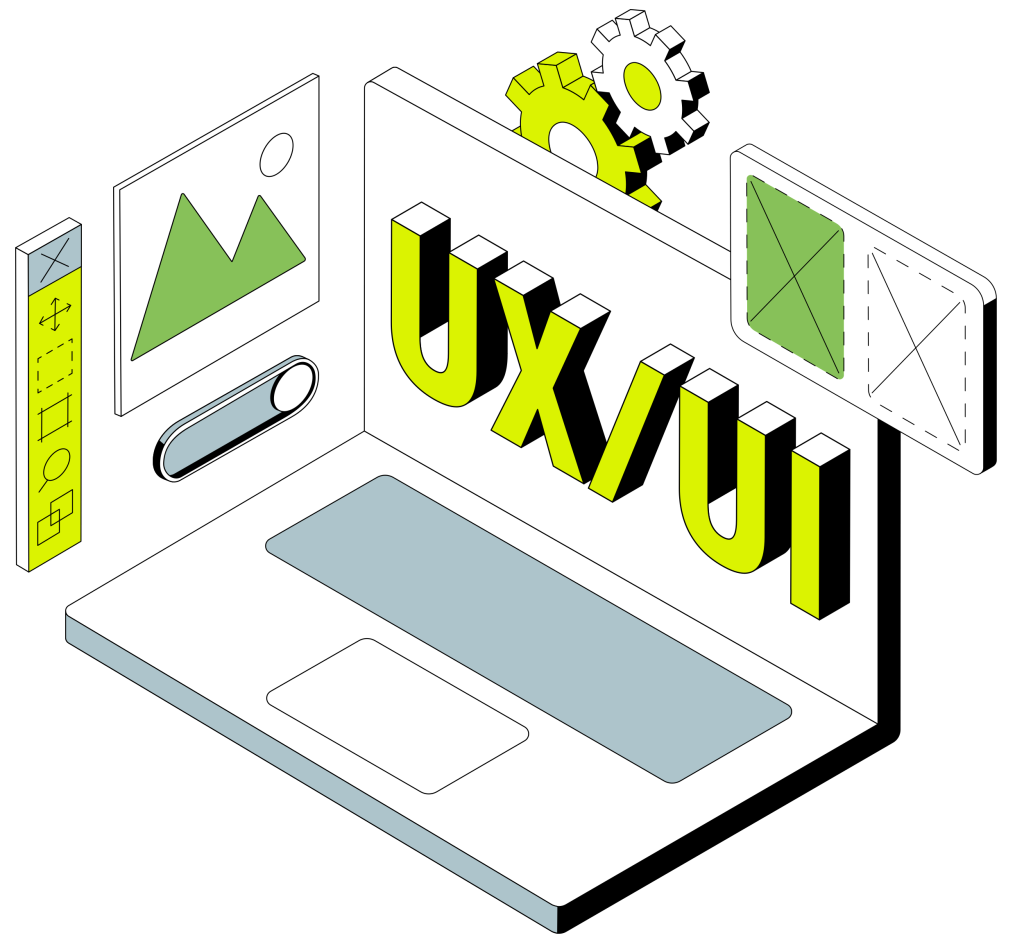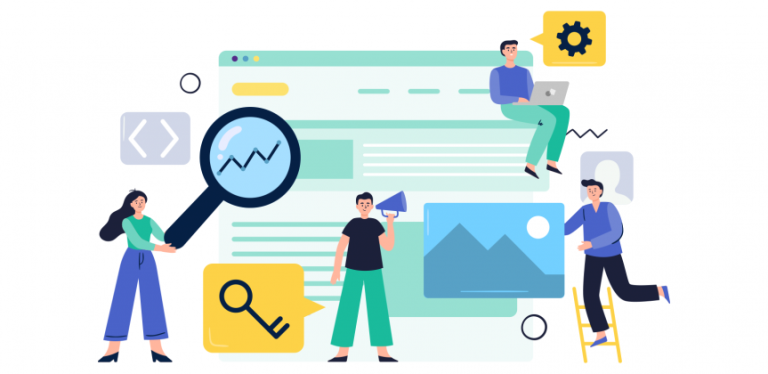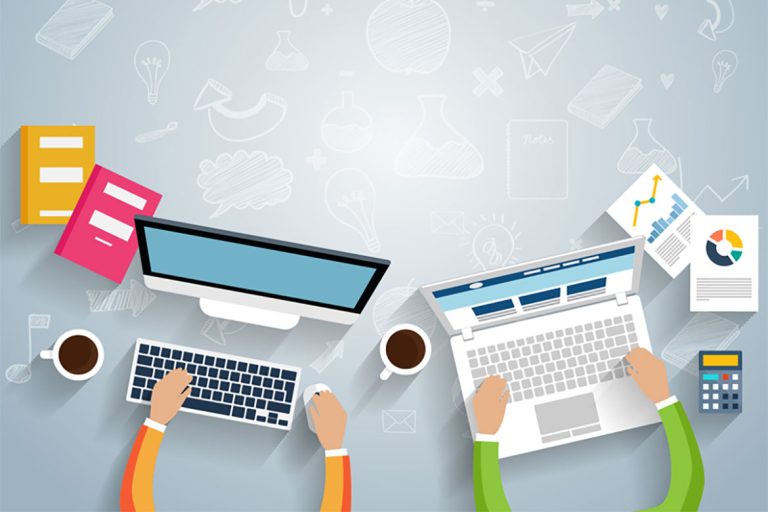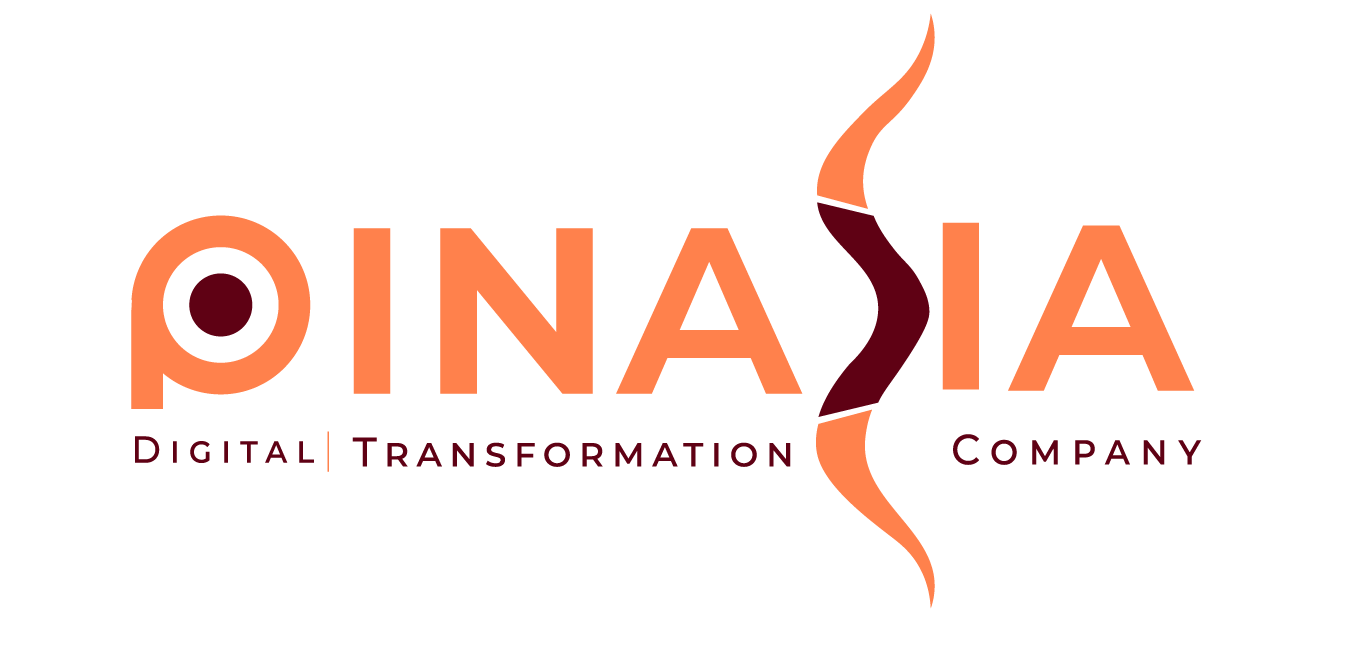

OUR SERVICES
UI Design
User interface (UI) design is the process of designing user interfaces for machines and software, such as computers, home appliances, mobile devices, and other electronic devices, with the focus on maximizing usability and the user experience. In computer or software design, user interface (UI) design primarily focuses on information architecture. It is the process of building interfaces that clearly communicates to the user what’s important. UI design refers to graphical user interfaces and other forms of interface design.

Why Choose PINAKA Technologies
If you are looking for a UI design studio that can create user-centered designs that are both beautiful and functional, then PINAKA is a great choice. We have the expertise, process, creativity, and communication skills to deliver exceptional results.
Here are some reasons why you should choose PINAKA Technologies for your next UI design project:
What is UI Design
UI design is a craft in which designers, perform an important function in creating the user experience. UI design should keep users informed about what is happening, giving appropriate feedback in a timely manner. The visual look and feel of UI design sets the tone for the user experience. On the other hand, the term UX design refers to the entire process of creating a user experience. Don Norman and Jakob Nielsen said:
“User experience encompasses all aspects of the end-user’s interaction with the company, its services, and its products.”
UI design is a critical part of UX design, as it is responsible for the look and feel of the user interface. A well-designed UI can make a product more user-friendly and enjoyable to use, while a poorly designed UI can make it difficult to use and frustrating.
“UI design is a complex and challenging field, but it is also a very rewarding one. A well-designed UI can make a product more successful, and it can also make the lives of users easier.
Here are some tips for creating a good UI design:
- Keep it simple: The user interface should be easy to understand and use.
- Use clear and concise language: The text in the user interface should be easy to read and understand.
- Use visual cues: Visual cues, such as icons and color, can help users to understand the user interface.
- Provide feedback: Users should be given clear feedback when they interact with the user interface.
- Test your design: It is important to test your design with users to make sure that it is easy to use and understand.”
Some things we do in UI Design project work:
We start by understanding the brand's identity and values. We do this by reviewing the brand's website, marketing materials, and other collateral.
We then define the user who will be interacting with the UI. We do this by conducting user research, such as user interviews, surveys, and usability testing.
We create wireframes to represent the basic structure of the UI. Wireframes are low-fidelity sketches that help us to visualize the layout of the UI and to identify any potential problems. surveys, usability testing, and A/B testing.
We design the UI by creating high-fidelity mockups. Mockups are high-quality representations of the UI that allow us to see how the UI will look and feel. as survey results.
We get feedback from users on the UI design. This helps us to ensure that the UI is user-friendly and meets the user's needs.ds in the data.
We iterate on the design based on feedback from users. This process of iteration is essential to creating a UI that is both user-friendly and visually appealing. improvement.
We work with developers to implement the UI design. understand the user's needs and goals, and to make informed decisions about the product or service.
We test the UI with users to ensure that it is user-friendly and meets the user's needs.

UI Design Methods
We also use a variety of other UI design techniques, depending on the specific needs of the project. We are always looking for new ways to create visually appealing and user-friendly designs, and we are committed to using the most effective techniques to achieve our clients’ goals.
Here are some specific examples of UI Design methods that we use:










